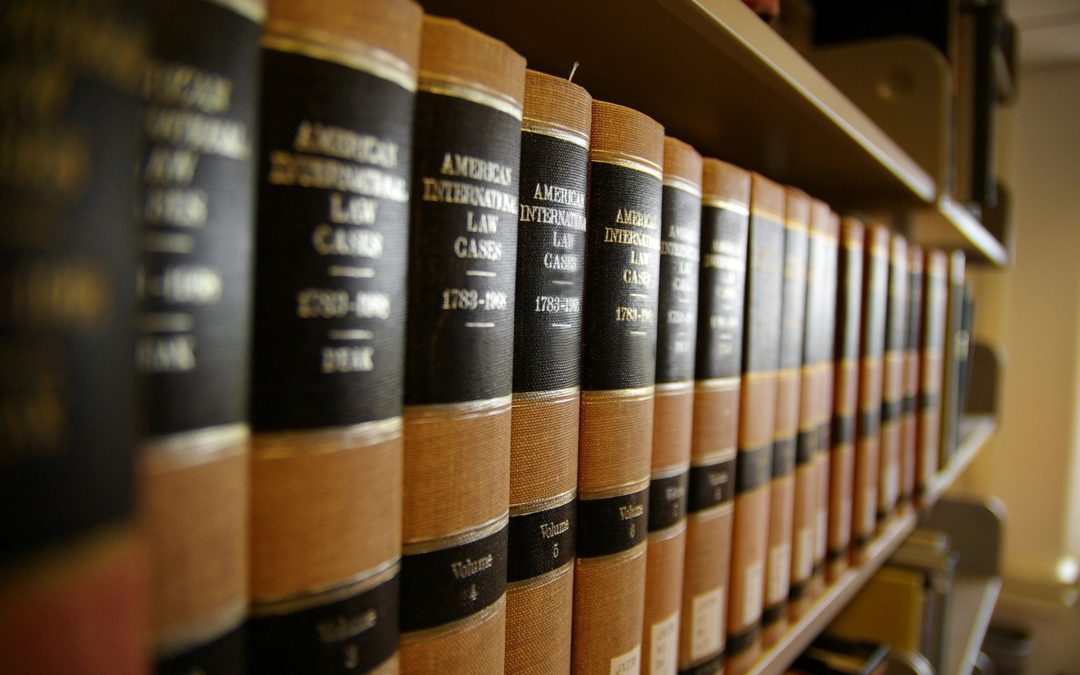By Jihong Lou, Levent Herguner, Alex Li, and Matt Johnson –
On December 6, 2018, the PTAB hosted a Boardside Chat webinar on hearsay and authentication. The Administrative Patent Judges presenting the webinar were Michael Zecher, Tom Giannetti, and Grace Obermann.
The webinar began with a discussion on authentication. Rule 901 of the Federal Rules of Evidence provides that a proponent must produce “evidence sufficient to support a finding that the item is what the proponent claims it is.” The judges cited several examples for the rule’s application, such as the testimony of a witness with personal knowledge, evidence about public records, and evidence describing a process or system showing that it produces accurate results. The judges added that Rule 902 allows for self-authentication of documents, citing examples such as certified public records or official publications.
The judges noted that authentication issues particularly arise in the context of real parties in interest and prior art, such as webpages. They encouraged parties to authenticate questionable evidence during the submission process because parties challenging the authenticity of evidence only need to show that proponents did not meet their burden of authentication. The judges added that parties increasingly rely on webpages as prior art references or as evidence of the state of the art. Accordingly, they highlighted that the methods of web page authentication include testimony from the person who captured the page, testimony from a computer forensics expert, providing distinct web page characteristics, or demonstrating a reliable capture and preservation process (such as the Wayback Machine).
The webinar continued with a discussion on hearsay. Rule 801 of the Federal Rules of Evidence provides that any out-of-court statement by the declarant admitted for the truth of the matter asserted is hearsay. The hearsay rule is subject to certain exceptions under Rules 803, 804 and 807. The judges addressed the hearsay rule’s application to laboratory notebooks, noting that proponents of evidence must show such notebooks fall under a hearsay exception. They suggested that lab notebooks could fall within the business record exception to the hearsay rule, though the PTAB has not delivered an opinion that addresses this issue.
The judges then stated that file histories are not hearsay if they are merely offered to show what was presented during prosecution. However, they cautioned that prosecution histories offered for their truth are hearsay, and proponents must demonstrate that hearsay exceptions apply. As an example, the judges noted that the PTAB will treat data in specifications as hearsay if a parent owner seeks to rely on it. Accordingly, they encourage the filing of an affidavit by someone with firsthand knowledge of how the data was gathered.
Finally, the judges clarified when hearsay objections should be made. They noted that the timing of an objection depends on the purpose for which the evidence is offered. Usually, hearsay objections are made in the Patent Owner’s response, but they are appropriate later if the proponent changes the purpose that the evidence is used for. To avoid a petition’s denial for hearsay issues, the judges encourage petitioners anticipating evidentiary challenges to address them upfront in their petition.
The webinar concluded with the announcement that the next Boardside Chat will be held on Tuesday, January 15, 2019 at 12 pm. It will focus on reason to combine and will be presented by Judges Rom Delmendo and Jack Jeffery. The webinar will be open to the public and is accessible on the PTAB’s events page.
Matthew Johnson
Latest posts by Matthew Johnson (see all)
- Delegated Rehearing Panel Sends Lifeline to Mercedes-Benz - June 27, 2025
- PTAB Clarifies Interim Workload Management Process - June 19, 2025
- April 2025 Institution Rate Slips Below 45 Percent - June 6, 2025

